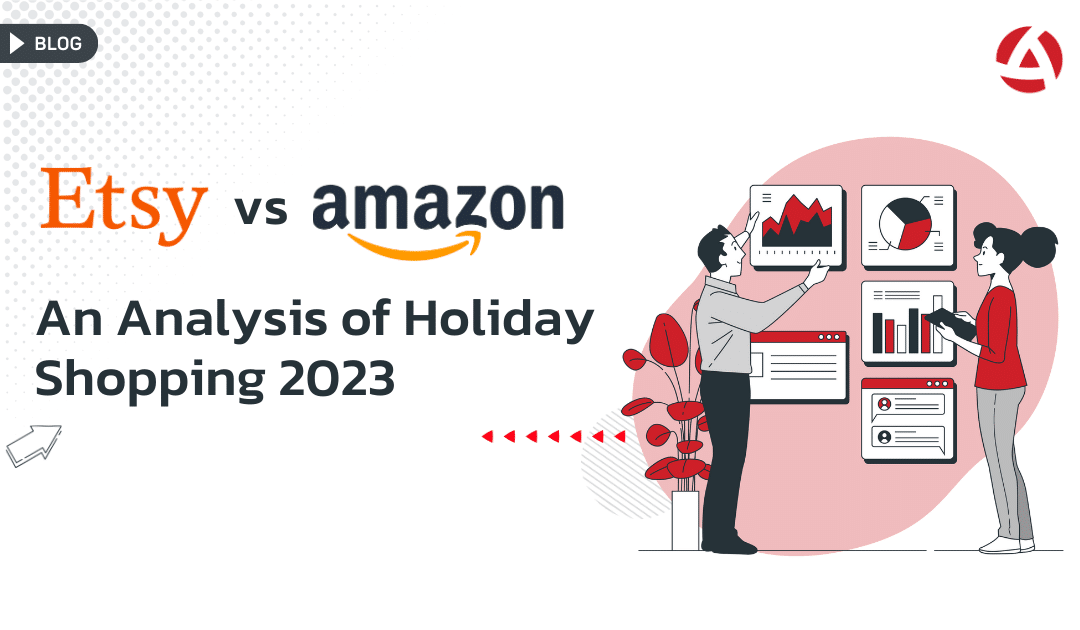As everyone begins to look quite similar regarding the product, price, channel, and service quality, the critical question becomes: “How do we differentiate our brand to become and stay the preferred choice of our target customers?”
If we consistently deliver experiences that create distinctive emotions in our customers, then we can get a differentiated positioning in their hearts and minds. Making us substantially immune to competitor attacks. Delivering such experiences is not an easy job. So, let’s address some key challenges we all face:
- Know what our customers want or what will make a difference for them. Most often, companies have different information sources to track customer needs and expectations. Gathered insight typically shows improvement needs in many areas. Given the limitations in resources, where should we focus to get the most impact on the financial bottom line?
- Associate customer experience with our brand promise to make a sustainable differentiation in the market. Everyone is increasingly looking quite similar concerning products, prices, channels and service quality; because competition can copy these features reasonably easily. Customer experience emerges as the differentiation point to establish lifelong relationships with our customers that competitors cannot take away from us. Then how can we make the customer experience the central differentiating pillar of our brand promise?
- Engage our executives and employees to adopt a customer-centric way of working. We can invest in CRM systems, create customer experience divisions, re-engineer processes, etc. As experience has shown in almost all cases, human factor remains as the most critical determinant of success in customer-centric transformation. Then, how can we create awareness and a desire for change in our people and equip them with skills to deliver in a customer-centric operating model?
- Build a simple yet effective governance structure for customer experience to deliver results starting from day 1. In most customer experience initiatives, companies are trying to implement lengthy roadmaps with many actions that depend on cooperation from many functions to work together. Unsurprisingly, it takes a very long time, and the question remains in the end whether we have achieved what we wanted in the beginning as the definition of success becomes blurry over time. Then, how can we set up a customer experience governance structure to ensure cooperation among all parties and deliver results from day 1?
- Ensure continuity of customer experience improvements? After initial successes in customer experience, the enterprise agenda typically changes to other areas, and the initial focus starts to fade away. A real impact from the established relationships with customers delivers benefits over the lifetime. Then, how can we motivate our organization to stay on course and continue to focus on customer centricity?




